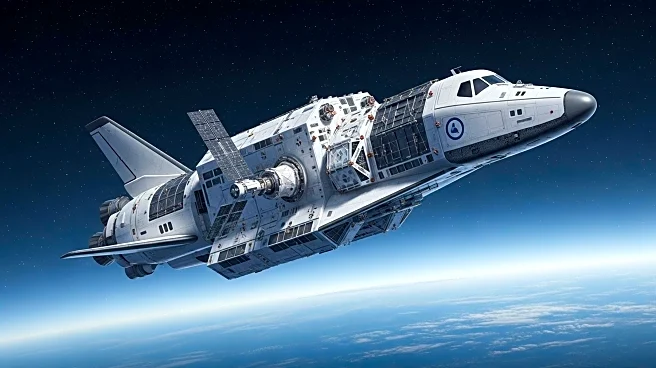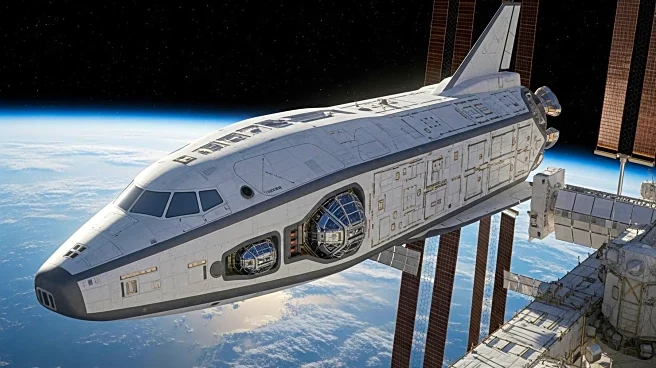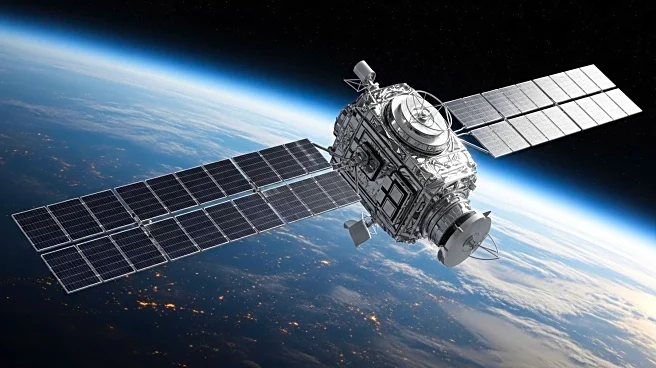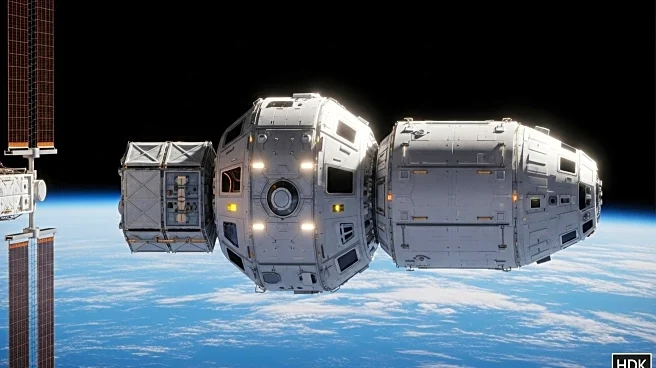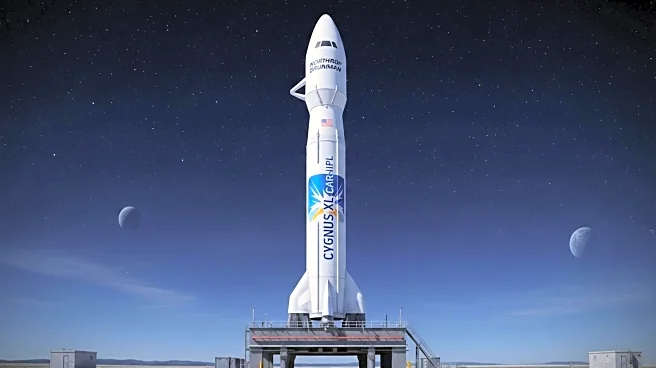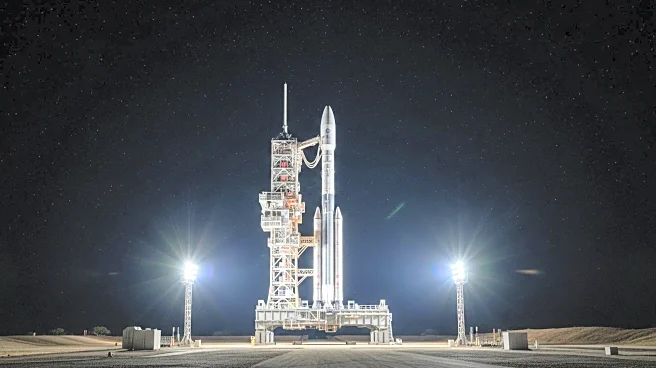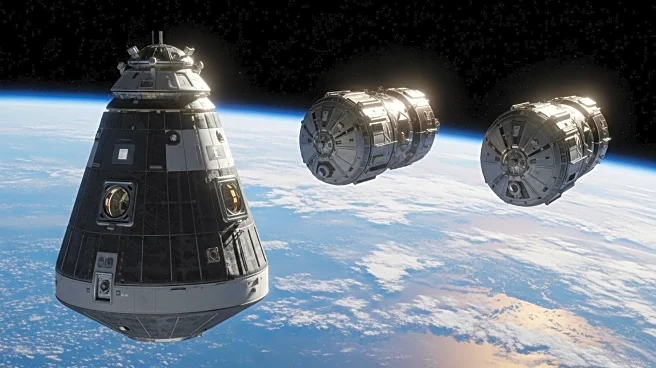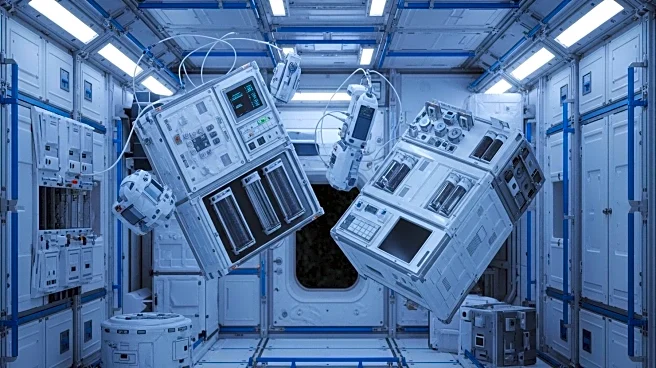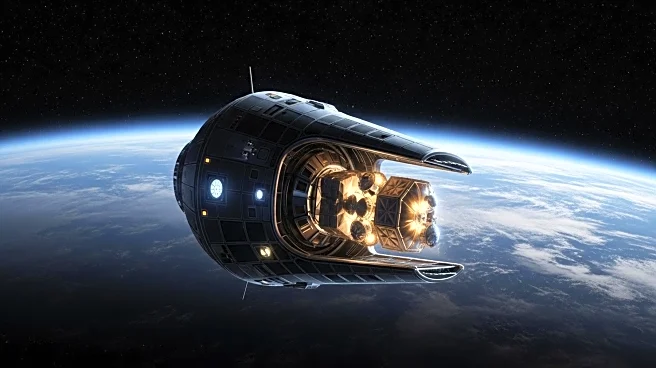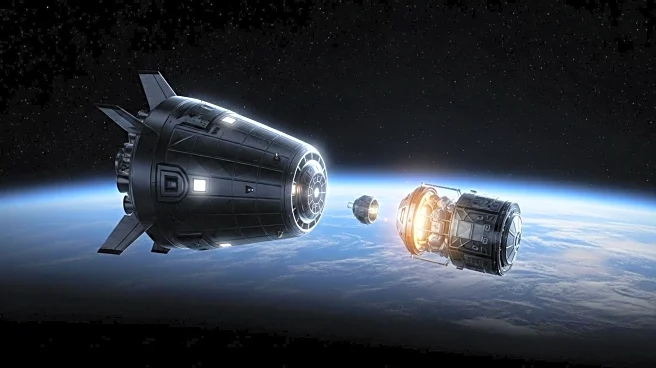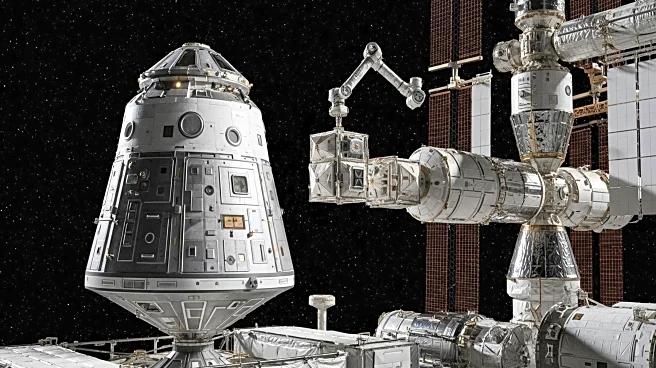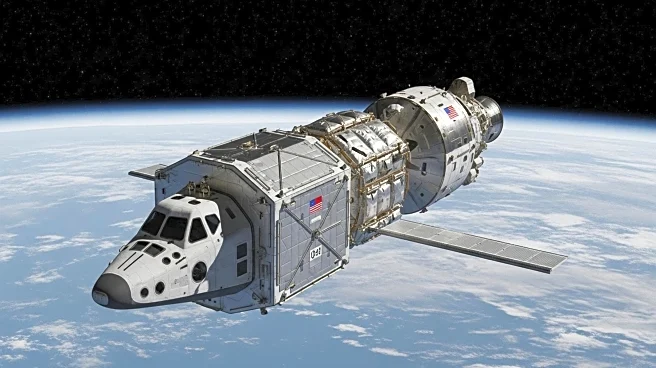What is the story about?
What's Happening?
SpaceX is set to launch Northrop Grumman's new Cygnus XL cargo spacecraft on its inaugural mission to the International Space Station (ISS). The launch is scheduled for this evening from Cape Canaveral Space Force Station in Florida, with a Falcon 9 rocket carrying the Cygnus freighter. This mission, designated NG-23, marks the 23rd cargo mission by Northrop Grumman to the ISS for NASA. The Cygnus XL is a larger and more capable version of its predecessor, capable of carrying 11,000 pounds of cargo, compared to the previous 8,500 pounds. The cargo includes materials for semiconductor crystal production, equipment for cryogenic fuel tank improvements, a UV light system to prevent microbial growth in water systems, and supplies for pharmaceutical crystal production. The spacecraft is named S.S. William 'Willie' McCool, in honor of a NASA astronaut who perished in the 2003 Columbia shuttle disaster. The Cygnus XL is expected to arrive at the ISS on September 17, where it will be captured by the station's Canadarm2 robotic arm.
Why It's Important?
The launch of the Cygnus XL represents a significant advancement in cargo delivery capabilities to the ISS, supporting ongoing scientific research and technological development in space. The increased payload capacity allows for more extensive experiments and supplies to be transported, which could lead to breakthroughs in semiconductor and pharmaceutical industries. The mission also underscores the collaboration between private companies like SpaceX and Northrop Grumman with NASA, highlighting the growing role of commercial entities in space exploration. This partnership is crucial for maintaining and expanding the ISS's capabilities, ensuring the continuation of vital research that can have far-reaching impacts on technology and medicine on Earth.
What's Next?
Following its arrival at the ISS, the Cygnus XL will remain attached to the station until March 2026, after which it will depart and burn up in Earth's atmosphere. The success of this mission could pave the way for future enhancements in cargo spacecraft design and operations, potentially influencing the development of next-generation space logistics. Stakeholders in the aerospace industry will likely monitor the mission's outcomes closely, as it may inform future collaborations and innovations in space transportation.
AI Generated Content
Do you find this article useful?
